Context: Recently, the Union Home Minister presided over the 26th Eastern Zonal Council (EZC) meeting held at Patna, Bihar.
Special Category Status?
Indicator for Special Category Status
State with Special Category Status Eleven States: Assam, Nagaland, Himachal Pradesh, Manipur, Meghalaya, Sikkim, Tripura, Arunachal Pradesh, Mizoram, Uttarakhand and Telangana.
Ninth Schedule:
|
|---|
Also Read: What is the Special Category Status?
News source: PIB
Context: The European Union (EU) member states reached political agreement on the world’s first set of comprehensive laws to regulate the use of Artificial Intelligence (AI).
| What is Artificial Intelligence?
Artificial intelligence (AI) is the theory and development of computer systems capable of performing tasks that historically required human intelligence, such as recognizing speech, making decisions, and identifying patterns.
|
|---|
Must Read: Global AI Summit London 2023
Also Read: What Are Deepfakes? – Issues, Challenges, And Solutions
News source: Indian Express
Context: The Prime Minister said that the Thiruvalluvar statue in Cergy, France is a beautiful testament to the shared cultural bonds between France and India.
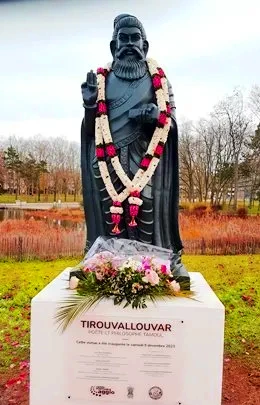
About Sangam Literature
|
|---|
News source: PIB
Context: A Parliamentary panel report named ‘Issues relating to Untraceable Monuments and Protection of Monuments in India’ was presented in both houses of Parliament.
Martand Sun Temple
|
|---|
News source: Indian Express
Context: YUVAi-Youth for Unnati and Vikas with AI’ is set to be prominently featured at the upcoming Global Partnership on Artificial Intelligence (GPAI) Summit.
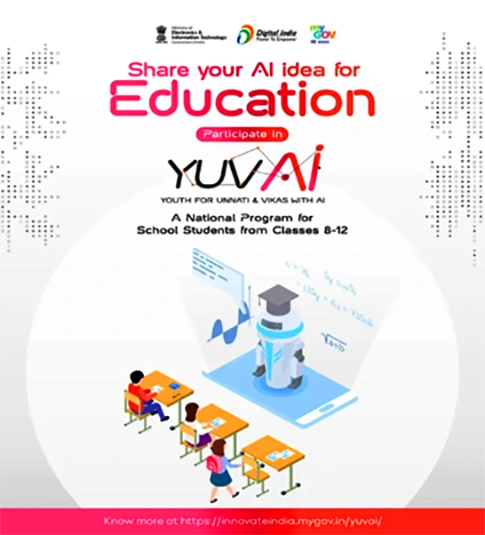
| About GPAI: It is a multi-stakeholder initiative that aims to bridge the gap between theory and practice on AI by supporting cutting-edge research and applied activities on AI-related priorities.
Members: Congregation of 25 member countries, including the US, the UK, EU, Australia, Canada, France, Germany, Italy, Japan, Mexico, New Zealand, the Republic of Korea, and Singapore Objectives:
India and GPAI: India had in 2020 joined the group as a founding member. |
|---|
The objectives of YUVAi are to:
Students will be encouraged to submit ideas (individually or in teams of 2) through a 120-second video explaining a proposed AI-enabled solution for any one of the eight core themes:
News Source PIB
Context: The Universal Declaration of Human Rights recently marked its 75th anniversary.
Learn more about Human Rights Day 2023 here.
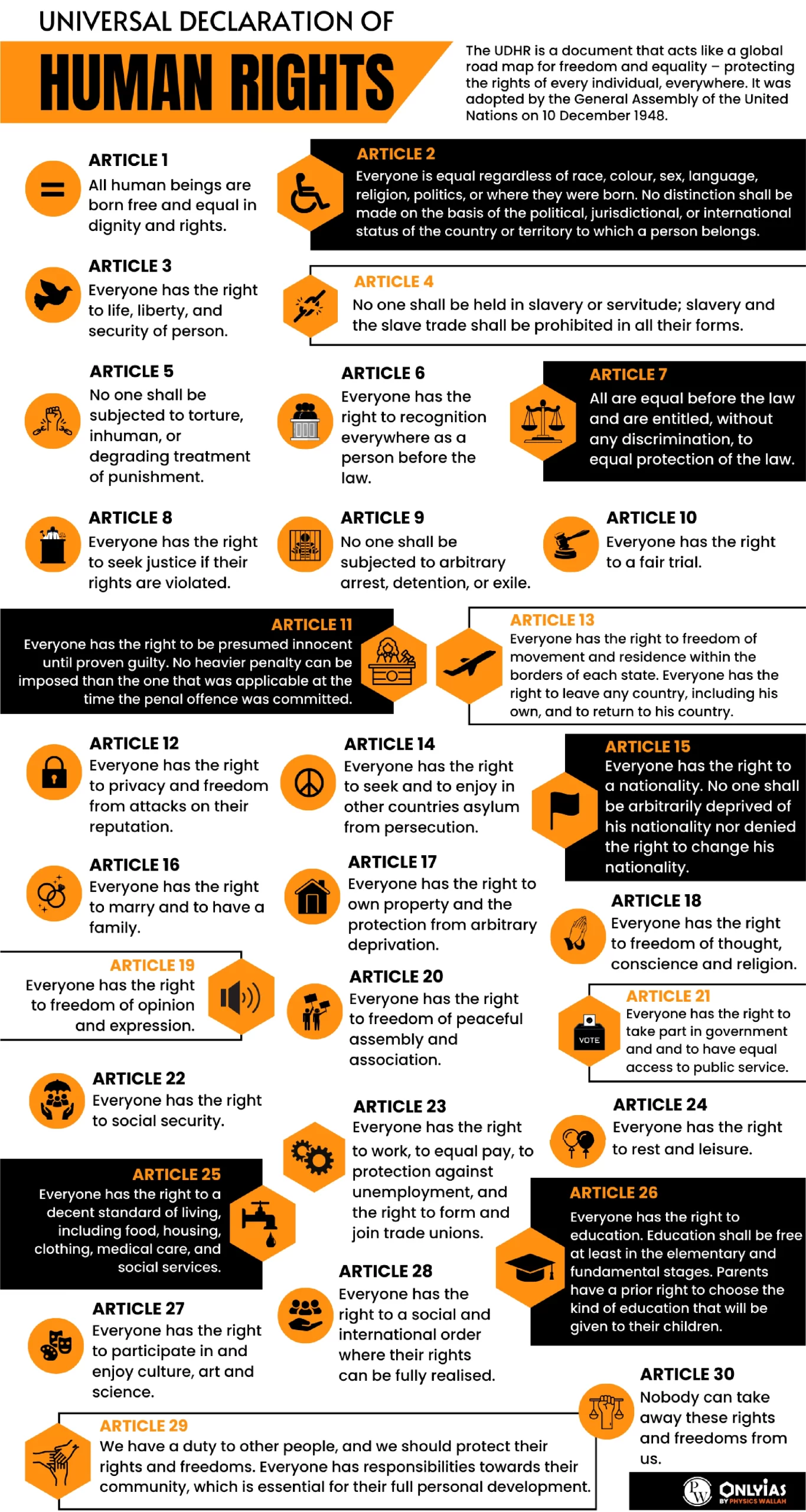
News Source: Indian Express
Context: On the tenth day of COP28 in Dubai, United Arab Emirates, significant developments unfolded in the discussions surrounding the United Nations Framework Convention on Climate Change.
|
|---|
Must Read: NDC Synthesis Report For 2023: UNFCCC
News Source: Down to Earth
Context: UNICEF Day is celebrated on 11th December to commemorate child rights and increase awareness about protecting child rights.
Learn more about UNICEF Day 2023 here.
Must Read: UNICEF Report Highlights Nearly a Billion Children Globally Exposed to Extremely High Water Stress
Source: Livemint
Context: According to the reports from the Institute of Canadian Citizenship, the rate of immigrants leaving Canada hit a two-decade high in 2019.
Institute of Canadian Citizenship
|
|---|
Know more about India-Canada Relations Deteriorated: Amidst Khalistan Tensions here.
Source: Business Standard
Context: As per the data from the Ministry of Skill Development and Entrepreneurship (MSDE), PM Vishwakarma Scheme has received over 21 lakh applications in the two and half months after its launch.
Who was Vishwakarma?
|
|---|
Source: The Hindu
Context: The COVID-19 pandemic has highlighted the importance of applying digital health technologies to strengthen health systems, prevent disease, and enhance service delivery.
| Relevancy for Prelims: Digital healthcare market in India, National Digital Health Mission, World Health Organization (WHO), National Health Workforce Accounts (NHWA), and eSanjeevani Ayushman Bharat-Health and Wellness Centre (AB-HWC).
Relevancy for Mains: Digital Health: Benefits and Challenges to Digital Health Adoption in India. |
|---|
| Types of Digital Health
Digital Health is an umbrella term, which includes several types, as mentioned below:
|
|---|
Universal health coverage (UHC)
|
|---|
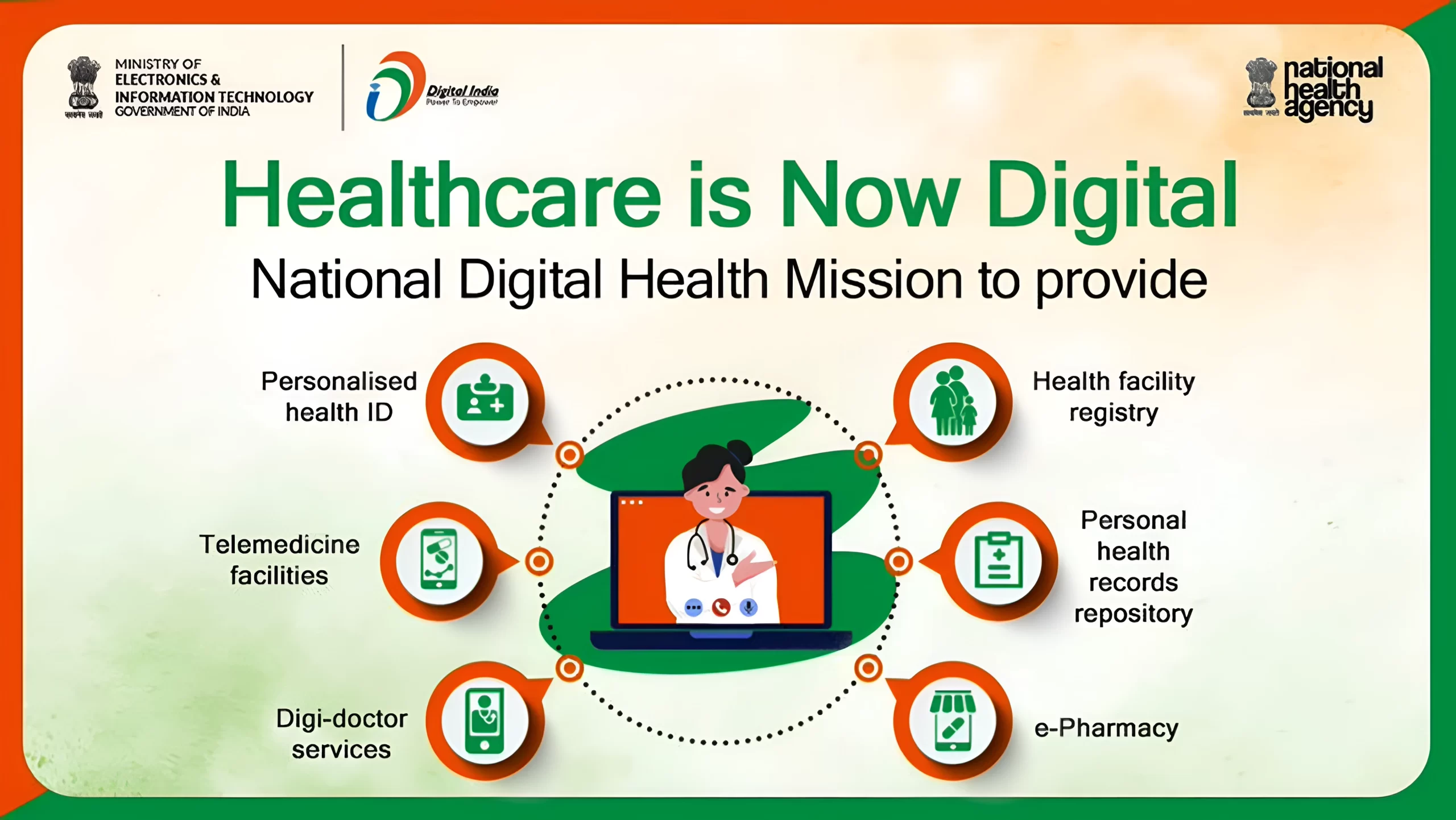
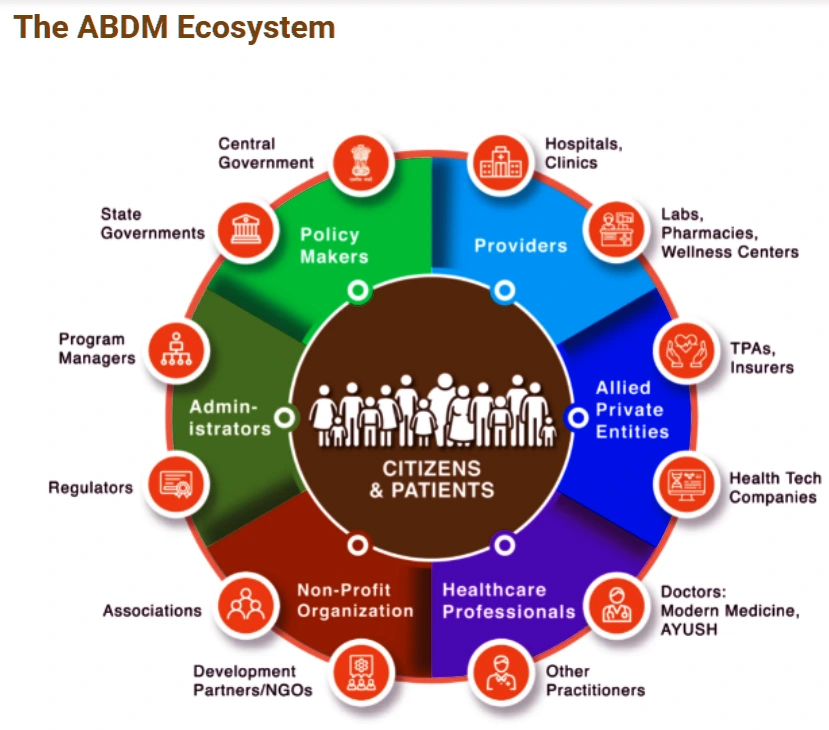
Must Read: Renaming of Ayushman Bharat Health and Wellness Centres
| Digital Health Initiatives by Center
Co-Win: It is an open platform for the management of registration, appointment scheduling & managing vaccination certificates for COVID-19. It has registered 110 crore persons and has facilitated the administration of 220 crore doses of vaccinations. Aarogya Setu: Aarogya Setu is a mobile application developed to connect essential health services with the people of India in our combined fight against COVID-19. e-Sanjeevani: first-of-its-kind telemedicine initiative by any country has two variants:
Digital Health Incentives Scheme (DHIS): as part of the Ayushman Bharat Digital Mission Under the DHIS, the eligible health facilities and digital solutions companies shall be able to earn financial incentives of up to Rs. 4 crores based on the number of digital health records created and linked to ABHA (Ayushman Bharat Health Account) numbers of the patients. |
|---|
Global Initiative for Digital Health (GIDH): India in collaboration with the World Health Organization (WHO) will launch the Global Initiative on Digital Health.
Significance of Global Initiative for Digital Health (GIDH)
|
|---|
India stands at the cusp, well positioned to create the new age models of healthcare for India and the world to adopt.
| Prelims Question (2022)
With reference to Ayushman Bharat Digital Mission, consider the following statements: 1. Private and public hospitals must adopt it. 2. As it aims to achieve universal health coverage, every citizen of India should be part of it ultimately. 3. It has seamless portability across the country. Which of the statements given above is/are correct? (a) 1 and 2 only (b) 3 only (c) 1 and 3 only (d) 1, 2 and 3 Ans: (b) |
|---|
| Mains Question (2020): The COVID-19 pandemic has caused unprecedented devastation worldwide. However, technological advancements are being availed readily to win over the crisis. Give an account of how technology was sought to aid the management of the pandemic. |
|---|
Context: This article is based on the news “Food versus Fuel: What’s happening with Centre’s ethanol blending scheme” which was published in the Indian Express. The government recently restricted the sweetener’s diversion for ethanol production to increase domestic supply after banning sugar exports.
| Relevancy for Prelims: E20 Petrol, Sugar (Control) Order 1966, India Sugar Mills Association (ISMA), Global Biofuels Alliance (GBA), National Policy on Biofuels 2018, RUCO Project and Food Security.
Relevancy for Mains: Ethanol Blending Programme (EBP): Targets, Advantages, Challenges, and Wayforward. |
|---|
Sugar (Control) Order 1966
|
|---|
Must Read: Global Biofuel Alliance: Advancing Sustainable Energy
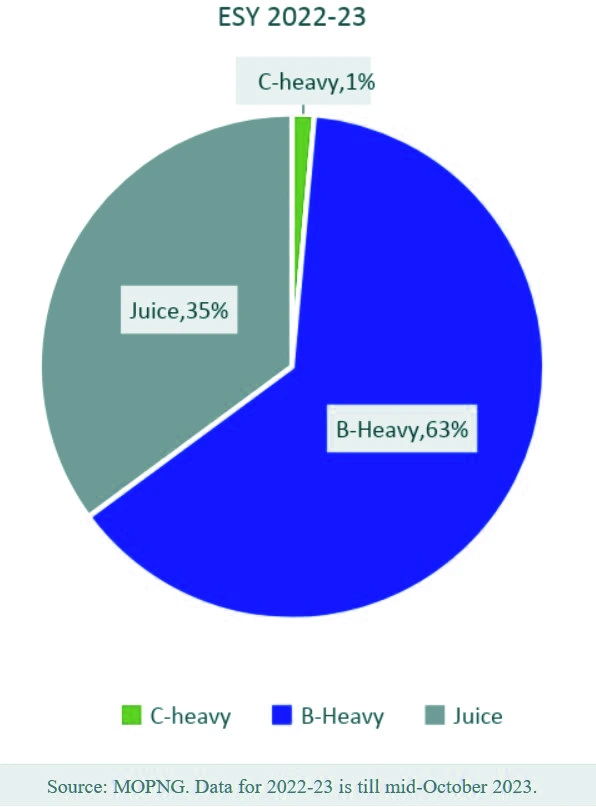
Know about Sugarcane Production In India here.
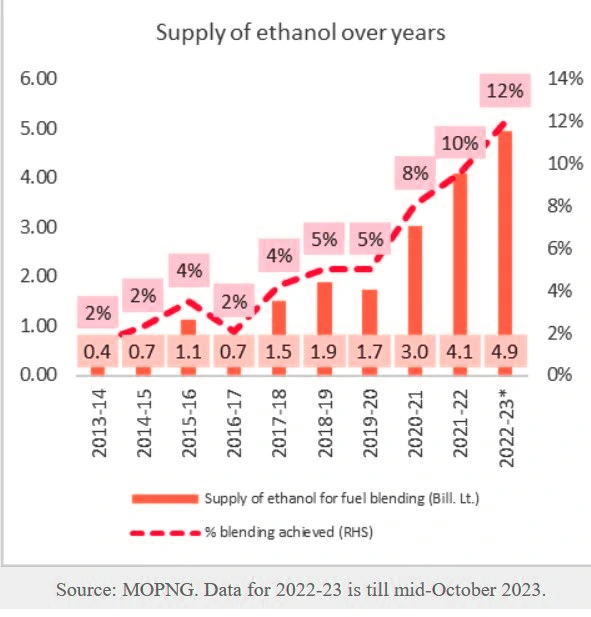
Government Interventions for Ethanol Blending
|
|---|
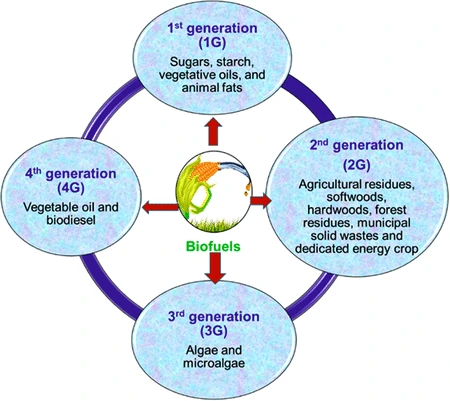
Addressing challenges in the Ethanol Blending Programme requires a balanced approach that prioritizes food security, explores nonfood feedstocks, and embraces sustainable technologies to achieve India’s ethanol blending targets while mitigating potential negative impacts on agriculture and food availability.
| Prelims Question (2020)
According to India’s National Policy on Biofuels, which of the following can be used as raw materials for the production of biofuels? 1. Cassava 2. Damaged wheat grains 3. Groundnut seeds 4. Horse grams 5. Rotten potatoes 6. Sugar beet Select the correct answer using the code given below: (a) 1, 2, 5 and 6 only (b) 1, 3, 4 and 6 only (c) 2, 3, 4 and 5 only (d) 1, 2, 3, 4, 5 and 6 Ans: (a) |
|---|
| Mains Question: Discuss how the Green Revolution technology made a remarkable contribution in transforming the Indian economy and helped India achieve food security. (250 Words, 15 Marks) |
|---|
SC Verdict on Newsclick Shows Adherence to Due Pro...
Stay Invested: On Chabahar and India-Iran Relation...
Credit Rating Agencies, Impact on India’s De...
Catapulting Indian Biopharma Industry
Globalisation Under Threat, US Import Tariffs Have...
Global Report on Hypertension, Global Insights and...
<div class="new-fform">
</div>
